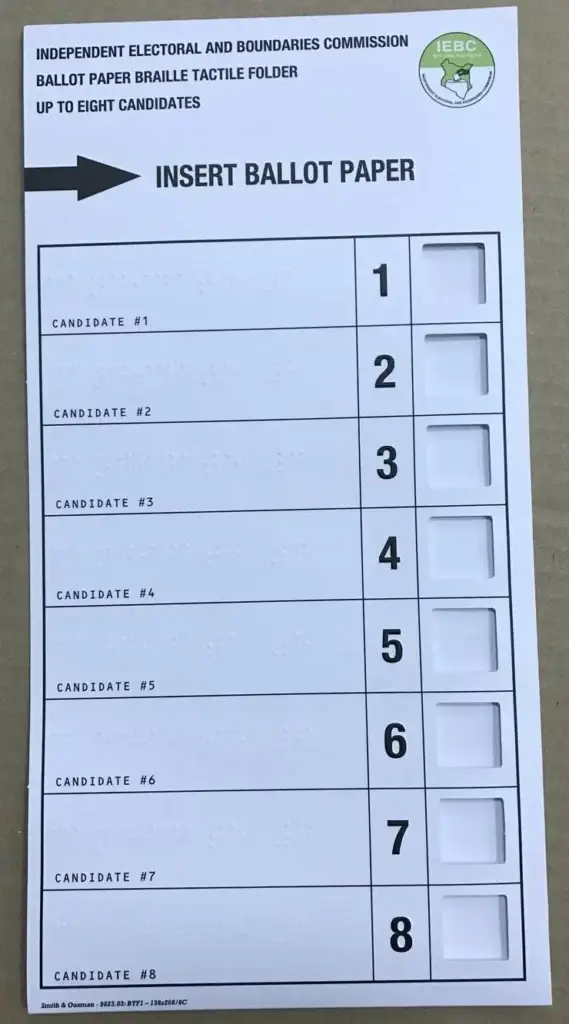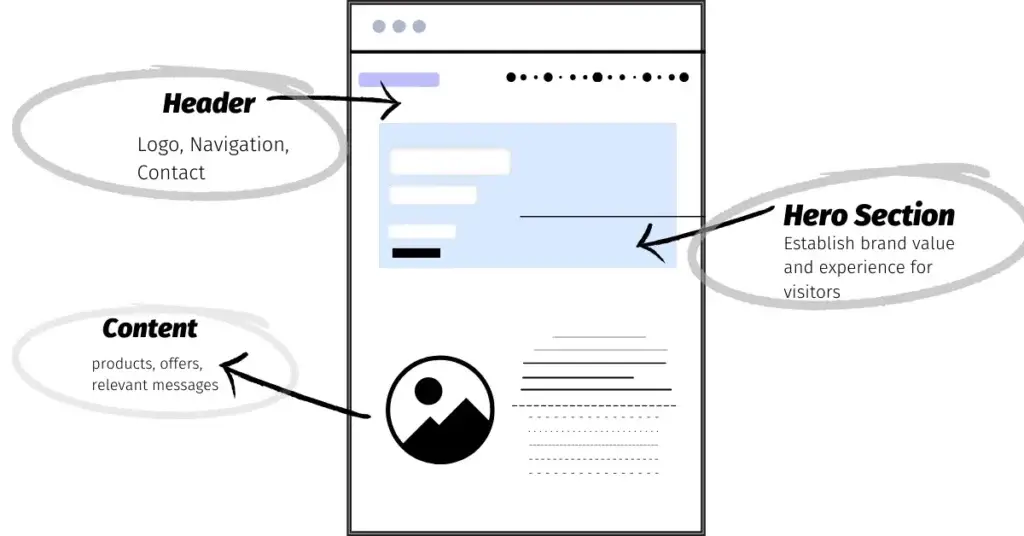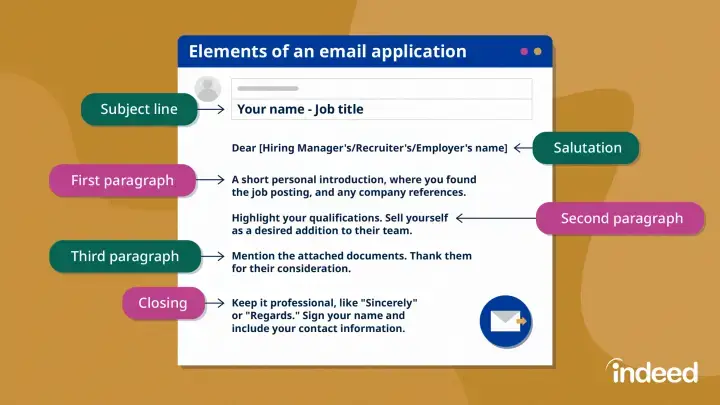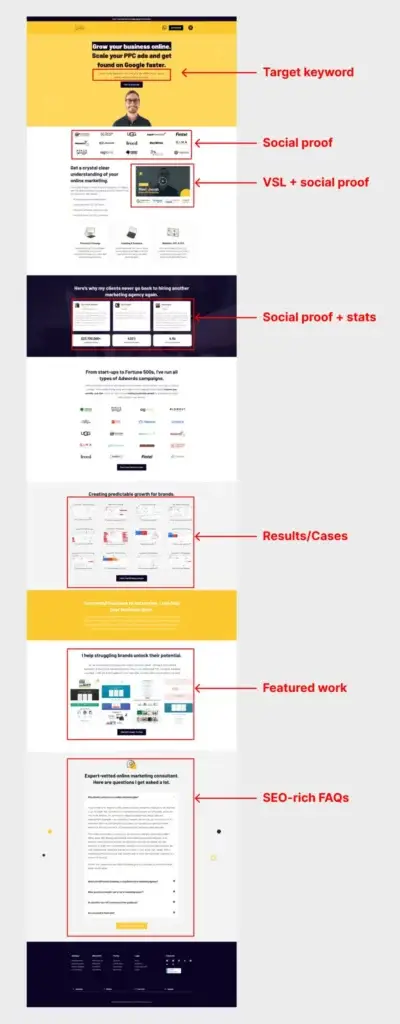Ever caught yourself still thinking about the first bite of a pizza long after you’ve finished eating?
Or why the opening scene of a movie sticks with you long after the credits roll?
There’s a reason for that, and it’s not just because the pizza was delicious or the movie was a blockbuster.
It’s all down to a little something called the primacy effect.
So, what is the primacy effect?
It’s a fancy term psychologists use to describe how we tend to remember and give more weight to the first pieces of information we come across.
In simple words, start strong, and people are more likely to remember and think positively about what you’re offering.
Now, why does this matter in marketing?
Well, in a world where everyone’s fighting for attention, making a memorable first impression is like gold.
It’s your chance to grab people’s attention and make them want to learn more.
Whether it’s the first line of your ad, the look of your website, or the opening of your product video, these initial moments can make or break your connection with potential customers.
By focusing on nailing that first impression, you’re not just throwing stuff out there and hoping something sticks.
You’re using science to your advantage, crafting marketing strategies that resonate from the get-go.
This doesn’t just sound smart; it is smart.
Leveraging the primacy effect means you can spend less time and fewer resources on trying to win people over because you’ve already made a killer first impression.
So, how can you save up to 90% of your time on marketing?
By understanding and applying the primacy effect.
Understanding the Primacy Effect
The primacy effect is a psychological concept that plays a big role in how we remember and perceive information.
It suggests that items or details we encounter first are more likely to stick in our memory than those that come later.
Think of your brain like a sponge; the first bits of water it soaks up are the ones it holds onto the tightest.

In the context of daily life, this means the first things we see, hear, or experience can shape our opinions and decisions more strongly than anything that follows.
This idea is big for marketers, educators, and even storytellers, because it tells us that starting strong isn’t just good advice — it’s a strategy.
By placing the most important or engaging information up front, we can influence how people think and feel about the rest of what we have to say or offer.
If you want to geek out on this stuff, this also relates to what’s known as the anchoring heuristic.
The science behind it
So, is there real science backing this up? Absolutely.
One interesting piece of research by Koppell and Steen looked at how the positioning of candidates on ballots affected voter choices.

Their findings? Candidates listed first enjoyed a significant advantage (makes you wonder, right?).
This isn’t magic; it’s about how our brains prioritise and recall information presented to us first over what comes later.
In marketing, understanding and using the primacy effect means we can design campaigns, content, and even product launches in a way that sticks with people, guiding them gently toward the outcomes we hope for.
It’s about making sure the first thing they see or hear from us is so memorable, it sets the tone for everything else.
The power of first impressions in marketing
First impressions in marketing are like a first date.
Just as you’d put on your best outfit and show up with your A-game to impress, your marketing efforts need to do the same from the get-go.
The moment a potential customer sees your brand, whether it’s through an ad, your website, or a product packaging, you’re on that first date.
You have a small window to impress, engage, and spark interest.
Fail to make a good first impression, and you might not get a second chance.
If people like what they see at first glance, they’re more likely to stick around, learn more, and even become loyal customers.
On the other hand, a weak first impression might turn them off for good, sending them into the arms of competitors.
Primacy Effect in digital marketing
Take website landing pages, for example.
The hero section — the large, front-and-centre space at the top — is prime real estate for capturing attention.

A compelling headline, an eye-catching image, or a gripping video here can make visitors want to stay and explore more.
Social media profiles are another battleground for first impressions.
Your profile picture, bio, and the first few posts people see can determine whether they hit that follow button.
It’s about quickly conveying who you are, what you stand for, and why people should care (even if that means showing lamborghinis and a lavish lifestyle on your profile).
Email marketing campaigns leverage the primacy effect right from the subject line.
A catchy, intriguing subject line can be the difference between an email that’s opened and read and one that’s sent straight to the trash.

The first few lines of your email need to pull readers in, making them eager to read on and take action.
Across all these platforms, the primacy effect underscores the importance of leading with your strongest suit.
By understanding and using the power of first impressions, you can design digital marketing strategies that not only capture attention but also hold it, turning casual browsers into wallet-out, ready-to-buy customers.
How to use the Primacy Effect in your marketing
To make the most of the primacy effect, your opening content needs to be almost-perfect.
This is true whether we’re talking websites, emails, or social media.
Think of your opening content like the hook of a song — it needs to grab attention and stick in the mind fast.
For websites, the hero section should be your focus.
- Use eye-catching visuals that speak to your audience’s desires or pain points.
- Pair these visuals with a headline that packs a punch.
- Your headline should be clear, concise, and speak directly to what your audience cares about.
- The opening sentences should then pull the reader deeper, promising value that makes scrolling down irresistible.

As I said, emails require a killer subject line. It should spark curiosity or offer value that’s hard to ignore.
The first few lines of your email are equally important.
They appear in the preview pane and can determine whether someone opens your email or skips it.
Start with something that resonates on a personal level or offers an immediate benefit.
Social media is all about the visuals and the first few words.
Your images or videos should be striking and relevant, while the caption should start with the most engaging part of your message.
Ask a question, share a surprising fact, or offer something valuable right off the bat.
And listen, while it sounds like you have to get it right immediately, that’s NEVER the case.
Marketers like us at JRR Marketing are constantly testing this stuff. And mistakes are always made.
You won’t get perfect right away.
The role of Anchoring Bias
As I mentioned earlier, the Anchoring bias works hand-in-hand with the primacy effect, especially in marketing.

It’s the tendency for people to rely heavily on the first piece of information they receive (the “anchor”) when making decisions.
In marketing, you can use this to set the stage for how people perceive the rest of your message or product offerings.
For example, if the first price a customer sees is high, the other prices for related products or services seem more reasonable by comparison (marketers deliberately use the Decoy effect for this).
This can make your mid-range products seem like bargains, increasing the likelihood of a sale.
To use anchoring in your marketing materials, start by presenting a high-value proposition upfront.
This could be a premium product, a statistic that highlights the value of what you offer, or even a customer testimonial praising your service (this triggers the Bandwagon Effect).
This sets a high standard in the customer’s mind, making everything that follows more appealing.
Another strategy is to use a high anchor price before showing sale prices or discounts.
This not only highlights the savings but also makes the deal seem too good to pass up.
Lastly, use strong, positive statements or reviews as your anchor in promotional materials.
This positive anchor influences how customers interpret subsequent information about your brand or products, tilting their perception in your favour from the start.
Psst… you need to watch out for these common pitfalls
Avoiding common mistakes is key to keeping the primacy effect in your favour.
One big no-no is cluttering your landing page.
A busy, confusing page can overwhelm visitors right from the start.
Instead of being drawn in, they’re more likely to bounce off.
Think clean, simple, and direct.
Your message should be clear without making visitors hunt for information.
Another pitfall is dumping too much information (which causes information overload) on your audience too soon.
Whether it’s in an email, on a webpage, or during a presentation, overwhelming people with details, features, or options right off the bat can backfire.
It’s like trying to drink from a fire hose — you just can’t take it all in.
Start with the most compelling piece of information and gradually build from there.
This way, you guide your audience through your content, making sure they’re with you every step of the way.
By steering clear of these common mistakes, you can make sure the primacy effect works for you, not against you.
Keep it simple, focus on what’s most important, and you’ll create a first impression that’s not just good, but memorable.

Your checklist for a memorable first impression
Let’s make sure your marketing grabs attention right from the start.
Here’s a straightforward checklist to help you review your marketing assets.
- Listicles: Put your best items at the start and end. Your audience is more likely to remember these, so make them count. The middle can be more average, but still keep it interesting.
- Website Hero Sections: Each page should kick off with something that makes people want to stick around. Good visuals and clear, engaging headlines are your friends here.
- Social Proof Early On: Show off what others think of you from the get-go. Testimonials or success stories near the top of your site can build trust fast.
- Ad Headlines: Make them so good that people can’t help but click. Think about what makes you click on an ad and try to replicate that magic.
- Blog Post Titles and Openers: They should promise something interesting or useful. If your opening lines are engaging, readers are more likely to dive deeper.
- YouTube Video Start: The first three seconds are gold. Use them to make sure viewers are hooked and want to see more.
- Social Media Profiles: Make sure your profile talks directly to your ideal audience. A good profile picture, bio, and initial posts can set the tone.
- Consistent Quality Posts: Show up regularly with posts that add value. It shows you’re active and keeps people interested.
- Valuable Resource Links: If you have great resources, make them easy to find right from the start. It helps with keeping folks engaged.
- Clear CTAs: Your calls-to-action should be easy to find and act on. If people know what you want them to do, they’re more likely to do it.
Going through this checklist can help you make sure your marketing doesn’t just speak but sings from the first note.
So, what is the Primacy Effect? Now you know
Think about it.
All the effort poured into the body of an email or the depths of a website might be for nothing if the start doesn’t pull people in.
It’s not about disregarding the value of content but about ensuring the doorway into that content is inviting enough to step through.
This isn’t just about making things look pretty or sound catchy.
It’s about understanding that the first impression sets the stage for everything that follows.
If you nail that, you’re not just saving time; you’re making every second count.
You’re ensuring that every piece of content, every ad, and every page is working for you, not against you.
So, as you audit your marketing assets or plan your next campaign, ask yourself: Does this make a strong first impression?
Is it clear, engaging, and compelling enough to make people want more?
If you focus on getting those initial moments right, you’ll find that everything else falls into place much more easily.

